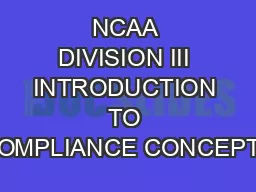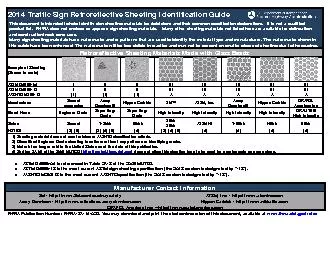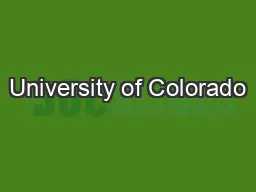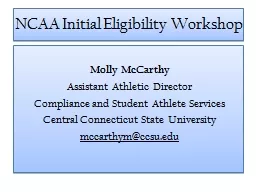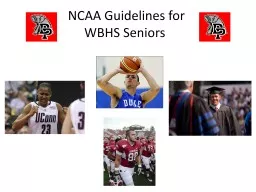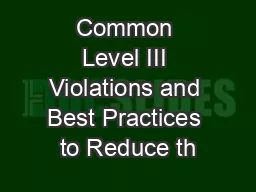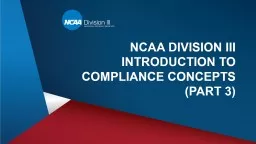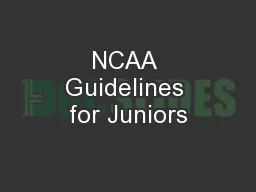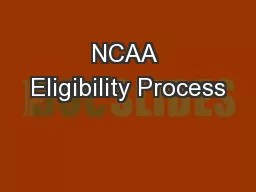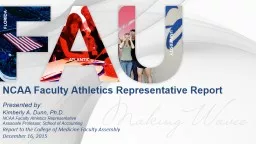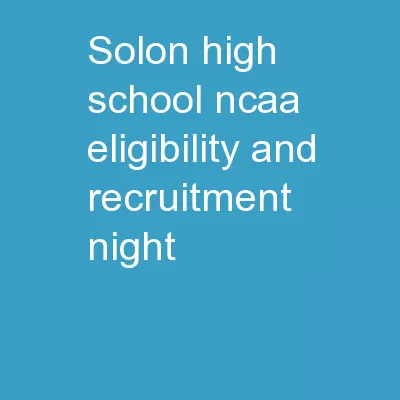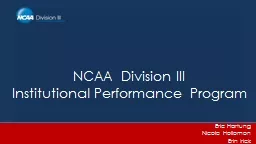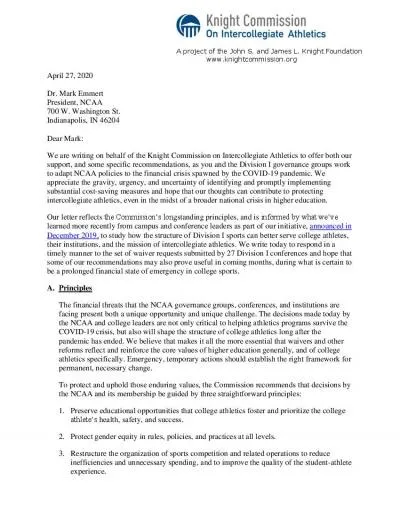PPT-NCAA DIVISION III INTRODUCTION TO COMPLIANCE CONCEPTS
Author : min-jolicoeur | Published Date : 2015-12-06
Part 2 Maureen Harty Joni Williamson Agenda Transfers Practice and Competition Expenses Hardship Waivers Outside Competition Compliance Tasks Transfers General
Presentation Embed Code
Download Presentation
Download Presentation The PPT/PDF document "NCAA DIVISION III INTRODUCTION TO COMPLI..." is the property of its rightful owner. Permission is granted to download and print the materials on this website for personal, non-commercial use only, and to display it on your personal computer provided you do not modify the materials and that you retain all copyright notices contained in the materials. By downloading content from our website, you accept the terms of this agreement.
NCAA DIVISION III INTRODUCTION TO COMPLIANCE CONCEPTS: Transcript
Download Rules Of Document
"NCAA DIVISION III INTRODUCTION TO COMPLIANCE CONCEPTS"The content belongs to its owner. You may download and print it for personal use, without modification, and keep all copyright notices. By downloading, you agree to these terms.
Related Documents

